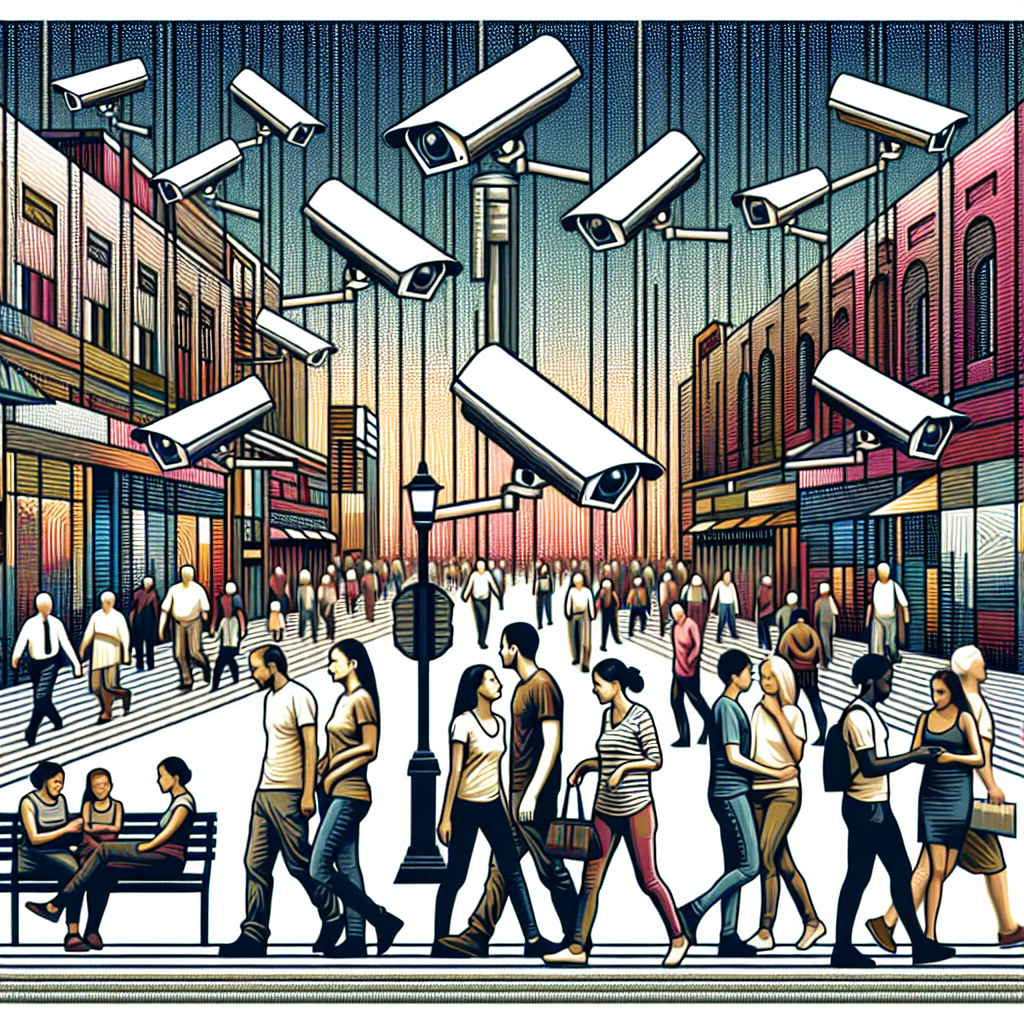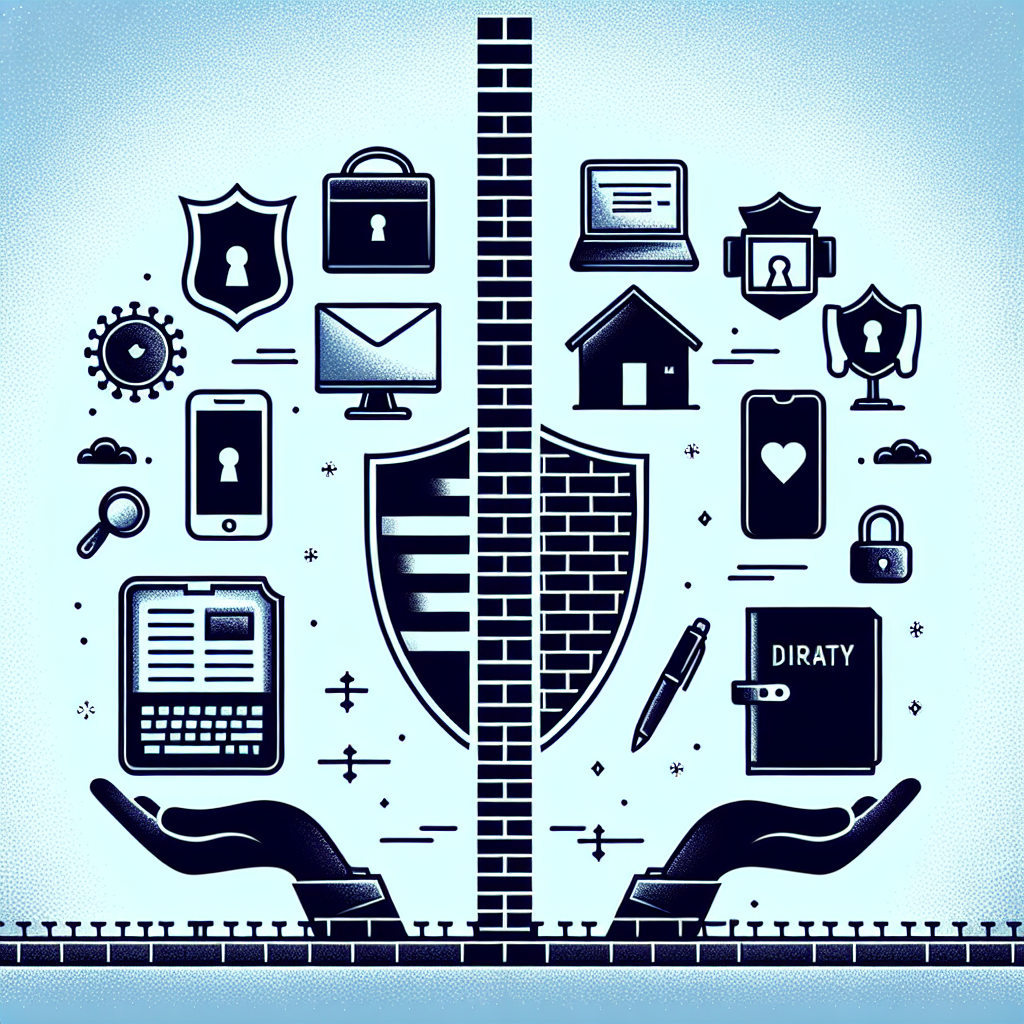Caught in the Web: How Governments Use Technology to Spy on Us
Surveillance Technologies: An Overview
Governments worldwide have increasingly harnessed surveillance technologies to monitor their citizens. These tools range from traditional methods like wiretapping and camera installations to sophisticated digital means such as data mining and artificial intelligence (AI). The evolution of technology has transformed how governments collect and analyze personal data.
The Digital Footprint
Every individual leaves a digital footprint through online actions—social media activity, search histories, and even location tracking via mobile devices. This data, when aggregated, offers a granular view of a person’s daily life. Governments can utilize this information for purposes ranging from crime prevention to political monitoring, raising critical questions about privacy and civil liberties.
Surveillance Capitalism and Data Collection
The term “surveillance capitalism,” popularized by Shoshana Zuboff, describes the commodification of personal data by corporations, which governments often employ. Social media platforms, search engines, and e-commerce sites collect vast amounts of user data, creating user profiles that governments can leverage. These data reservoirs allow state entities to develop detailed behavioral predictions, helping them understand public sentiment and potential dissent.
Legislative Frameworks
Various legal frameworks govern surveillance practices globally. The United States has the Foreign Intelligence Surveillance Act (FISA), which permits agencies like the NSA to engage in data collection with minimal oversight. The UK’s Investigatory Powers Act formalized extensive powers for surveillance agencies, often criticized for lacking transparency. Similar laws exist in other countries, illustrating a trend toward broad governmental authority in surveilling citizens.
The Role of Artificial Intelligence
AI technologies significantly enhance surveillance capabilities. Machine learning algorithms can process vast amounts of data quickly, identifying patterns and anomalies. Governments utilize AI for facial recognition, allowing for real-time identification in public spaces. This technique has raised ethical concerns, particularly regarding bias in AI systems and the potential for wrongful profiling.
The Internet of Things and Smart Devices
The Internet of Things (IoT) has further expanded surveillance capabilities. Everyday devices like smart speakers, home security systems, and wearables collect data about users’ habits and preferences. Governments can potentially access this information, contributing to a comprehensive surveillance ecosystem. This interconnectedness poses a dual challenge of privacy invasion and potential vulnerabilities that malicious actors can exploit.
Mobile Technology and Geolocation Tracking
Smartphones have become pivotal in governmental surveillance efforts. They track user locations through GPS and other location services, leading to the emergence of geofencing—monitoring individuals within a specified area. Law enforcement agencies use this information during investigations, raising concerns about consent and the extent of government reach into personal lives.
Social Media Monitoring
Social media platforms are fertile grounds for governmental surveillance. Agencies monitor public posts and employ sophisticated algorithms to track discussions surrounding political events or protests. The ability to analyze sentiment and user interactions provides states with insights into public opinion, enabling them to preemptively address dissent.
Cybercrime and State-sponsored Hacking
Governments also engage in cyber operations, both defensively and offensively. State-sponsored hacking may target individuals or organizations to gather intelligence or disrupt activities. This can lead to unauthorized access to personal information, further complicating the landscape of surveillance.
Counter-surveillance Techniques
As governmental surveillance expands, individuals and organizations adopt counter-surveillance techniques. Using VPNs, encryption technologies, and secure communication platforms helps mitigate the risks of unwanted surveillance. Encryption, for instance, ensures that even if data is intercepted, it remains unreadable without the appropriate keys.
Global Perspectives on Surveillance
In countries like China, surveillance has reached a disturbing level of sophistication, integrating facial recognition and AI into daily life to maintain social order. The “social credit” system illustrates how surveillance can extend beyond mere observation into active citizen monitoring and control. In contrast, some Western democracies are battling public discourse on the balance between security and privacy, highlighting the global divergence in surveillance practices.
Ethical and Legal Dilemmas
The ethical implications of government surveillance are vast. Issues surrounding consent, data ownership, and the potential for abuse create a complex landscape. Laws lag behind technological advancements, making it challenging to protect civil liberties. Legal challenges arise as citizens question the constitutionality of surveillance practices, creating a tug-of-war between public safety and personal privacy.
The Future of Surveillance Technology
As technologies evolve, so too will the methods of surveillance. The advent of 5G networks promises increased connectivity, which could enhance surveillance capabilities. The potential for more sophisticated AI-driven analytics will continue to shape government approaches to monitoring citizens. The ongoing challenge will be ensuring that such advancements respect individual freedoms and adhere to ethical standards.
Public Awareness and Activism
Increasing public awareness about surveillance practices has given rise to activism focused on privacy rights. Organizations advocate for stronger data protection laws and transparent government practices. Initiatives such as “Data Protection Impact Assessments” (DPIAs) serve to scrutinize government projects that involve data collection, ensuring that citizens have a voice in how their information is handled.
Balancing Security and Privacy
The ongoing debate surrounding government surveillance often centers on the balance between national security and individual privacy. Advocates for stringent surveillance argue that it is essential for protecting citizens against threats, while privacy proponents stress the need for informed consent and transparency in data usage. This discourse plays a critical role in shaping future policies and societal norms.
Conclusion: The Ongoing Discussion
As technology continues to advance, the conversation surrounding government surveillance will persist. Citizens must remain informed and engaged to understand how their data is utilized. The role of technology in surveillance will undeniably raise more questions about autonomy, privacy, and the extent to which governments should hold power over individuals’ lives. Embracing technologies responsibly while advocating for individual rights will be vital for maintaining a balance in an increasingly digital world.













Leave a Reply